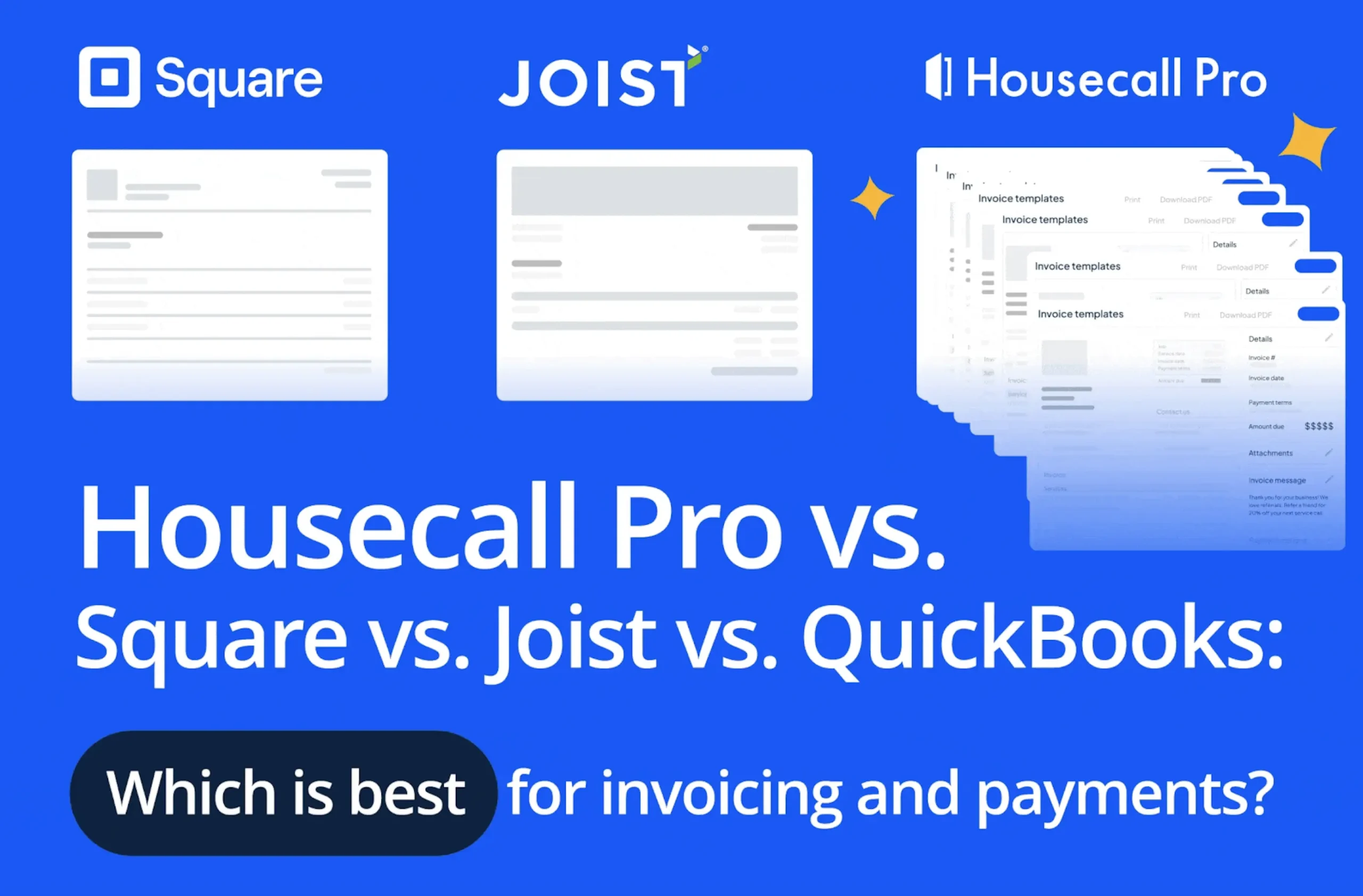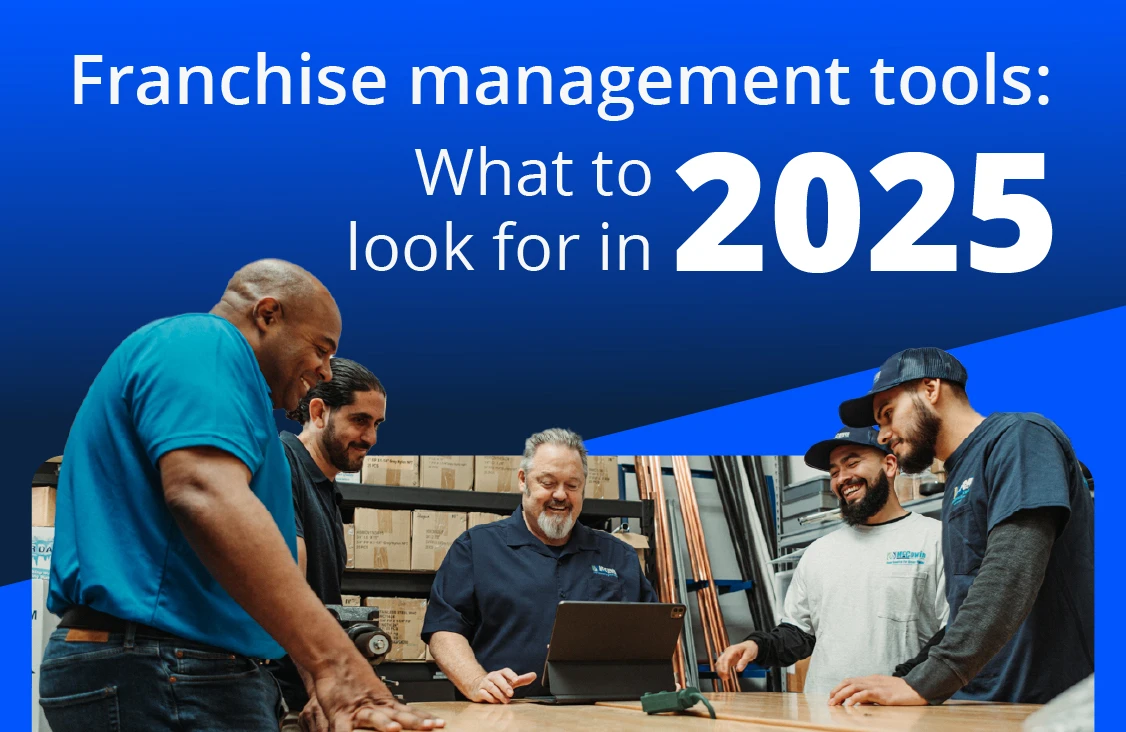
So you just hired a new employee. Congratulations! Your company is growing. Clearly, you’re doing something right!
There’s just one problem: how do you get the new employee up to speed on how you do things as a business? How do you communicate policies and procedures? How do ensure the new hire has all the resources they need? How do you help them understand the company culture?
- Maybe an informal meeting over coffee?
- Or perhaps assign someone to mentor them?
- Or maybe you should just let things unfold naturally?
While all these things certainly have their place, to ensure that you get the most out of your new employee you need to have an employee onboarding process in place.
In this post, we’re going to break down the what, why, and how of creating your onboarding process.
What is a good onboarding process?
First, let’s be clear what we mean by an employee onboarding process. An employee onboarding process is the initial process by which new hires are integrated into your organization. It’s how a new employee transitions from a stranger off the street to a valuable team member.
The employee onboarding process steps should cover a variety of areas, including:
- What is necessary to be ready for the first day on the job
- An overview of the different tools that are used
- Meeting fellow team members
- Getting oriented to the layout of the office
- Understanding the company value and culture
- Being integrated into the workflow
- Ensuring that everything covered in the previous subjects was thoroughly understood by the new employee
Essentially, your goal with the onboarding process is to get the new employee up to speed as quickly as possible. For this to happen, the new employee must have at least some sense of how the company operates.
Is a systematic onboarding process necessary?
At this point, you may be thinking, “Do I really need a systematic onboarding process? Can’t everything happen in an ad-hoc sort of way?” No, it can’t. Here’s why. Companies with systematic onboarding processes are much more successful than those without one.
- Employee onboarding programs are able to increase employee retention rates by as much as 25%.
- Employee performance can increase by 11% when an onboarding program is used.
- Employees who are taken through a systematic onboarding process are 69% more likely to stay with an organization for 3 years.
- 15% of employees say that a deficient onboarding program was part of the reason they quit.
Vinay Koshy at Hubstaff writes: Companies that excel at onboarding and employee retention experienced 2.5 times the revenue growth and 1.9 times the profit margin of companies who struggle with these two critical skills.
The moral of the story? The more effective and clear your onboarding process steps, the more productive and satisfied your employees will be. Failing to have an onboarding process only hurts your business.
Create a 90-day onboarding process
Now that you know the why behind an employee onboarding process, let’s talk about the how.
Generally speaking, your onboarding process steps should cover at least the first 90 days of employment. This gives the new employee sufficient time to assimilate all the new information, as well as ease their way into the new job.
As David Niu of TinyHR writes: Implementing a strategic plan clearly communicates to your employee the onboarding stages. They’ll understand where they’ll start, where they’re going and what they’ll learn along the way. And employees value transparency because a clear direction lets them know what’s expected of them. Laying out this plan gives them that roadmap.
Here’s a simple series of steps to follow over the course of those 90 days.
First 30 Days
The first 30 days are all about getting your new employee acclimated to the company. It’s when you begin the ramping up process for the employee. Consider implementing the following onboarding steps during the first 30 days:
- Prepare all necessary paperwork, including an employee handbook
- Schedule introductory meetings with key employees
- Introduce them to various tools they’ll be using
- Get them started on small projects to get their feet wet
- Create and review a roadmap for what the first three months will look like
- Help them acclimate to and understand the company culture and values
- Establish clear goals for the next 90 days
By the end of the first 30 days, your new employee should understand their responsibilities, as well as have a solid understanding of what’s expected of them.
It should be noted that the sooner you can get employees working on real, valuable work, the greater their satisfaction will be.
Marie Prokopets, founder of FYI, writes: No one likes busy work. And one of the biggest motivators for all new employees is to see the impact that they have on a genuine project. The more you can get the first few projects to have a tangible and real impact on larger goals for your company, the faster you’ll get the new employee fully ramped up.
Days 30-60
As the employee becomes more acclimated to the company and understands the nuances of their role, you can begin to give them greater responsibility. Days 30-60 may see the new employee:
- Receiving feedback on the first 30 days of employment
- Collaborating with established employees on bigger, more important projects
- Receiving less training and more real work that benefits the company
- Being introduced to long term responsibilities
- Collaborating with other teams in the company
By the end of the first 60 days, the employee should start to feel like a valuable, integral part of the team. They should have real responsibilities and be partnered with established employees who can continue to give them guidance.
Again, to quote Vinay Koshy on the importance of having an experienced company mentor work with new employees:
Game developer Zynga understands the importance of making employees productive as soon as possible. Their university-specific program pairs up new grads with mentors as part of their internal onboarding program. Both parties are required to work together to innovate and learn from each other. To get new grads up to speed, they start off with a weeklong intensive bootcamp.
Days 60-90
The final 30 days of the onboarding process are all about removing the training wheels and helping the employee become a fully functional, productive team member. During this time, the employee will:
- Receive feedback on the first 60 days of employment
- Become more accountable for the work they produce
- Be given larger, more complex tasks and projects to work on
- Empowered to make more critical decisions on their own, without feedback from a mentor or superior.
While the employee certainly won’t be operating at 100% capacity by the end of the 90 days, they should be playing a meaningful, substantial part in day-to-day operations.
How to use an onboarding checklist
The unfortunate reality is that in all the activity that surrounds hiring a new employee, it can be easy to overlook essential onboarding activities.
So what should you do if certain onboarding steps are being missed, overlooked, or forgotten? Your best bet is to create a standard operating procedure checklist for onboarding new employees.
The more detailed and granular you can make the checklist, the better. Don’t lump multiple items together. Don’t assume that something will be done. If it needs to be done, it must be on the checklist.
Final thoughts
Hiring a new employee is no small thing. You must sort through dozens of applications, conduct interviews, and then make the final hiring decision. All of this with the hope that the new employee is a great fit for your company.
Given all that’s at stake in a new hire, doesn’t it make sense to create a systematized employee onboarding process? Not only will it make the onboarding process smoother, it will also make the new employee much more productive and result in overall greater job satisfaction.







